

Getting the News into “Brand Newsrooms”
Celebrating Oreo’s now-famous twi-jacking (Or is it “twit-jacking?”) of the Super Bowl for the brand’s own milk-and-cookies purposes, the ad business erupted early this year with ecstatic chatter about so-called “brand newsrooms.” While the chatter focused in minute detail on brands and to a lesser extent on rooms, there was virtually nothing about what constitutes news.
Apparently, the ad people peddling brand newsrooms know nothing about news. So the brand newsroom conversation has been ill informed at best and nonsensical the rest of the time.
The focus on news from brands is appropriate and necessary. Brands live in the same digital world as the rest of us. Our world is increasingly dominated by social sharing, driven by content. If a brand wants its stories shared on social platforms – and it does – those stories need to be newsworthy in the most straightforward sense of the term: new and worthy of an audience’s attention. So brands need to master a concept that’s as central to journalism as it is to swapping stories with your neighbor: news value.

3 Brands Winning the Real-Time Media Game
This post originally appeared in our February Issue of “Live Report from the Future of Marketing,” our monthly Post-Advertising newsletter. Subscribe for free here.
The blanket of snow that fell across the UK a few weeks ago reminded me of one of my favourite marketing campaigns in recent years. If you haven’t seen this fantastic piece of opportunistic advertising before, the Polo Snow Stamp was pressed into thick snow on cars, park benches and roads across London, creating a perfect replica of the iconic white mint with the hole.

Why Most Native Advertising Will Fail
Are you familiar with the term "native advertising"? You may have read about it on popular blogs like Techcrunch, Adweek and Advertising Age, but can you put your finger on exactly what it means?
Whatever it is, native advertising doesn't work simply because someone put the word "native" before it and because it doesn't fit the standard definition of advertising—the 30 second spots, the billboards, the banner ads.
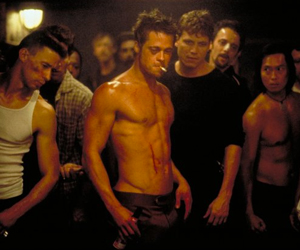
Fight Club, Cinderella, and What Storytelling Means for Brands
What does Cinderella have in common with Fight Club?
Lots, according to Jon King, Story Worldwide's Chief Storyteller. During the ‘Storytelling for Brands’ session at our London office last week, part of Social Media Week London, we shared Story’s brand-centred approach to narrative content.
We draw our inspiration from the most important study of storytelling ever done, The Hero with a Thousand Faces, by Joseph Campbell. Campbell’s insights have influenced and guided the approach, which he called the hero’s journey and which is used in all forms of narrative, including classic films from Cinderella to Fight Club.
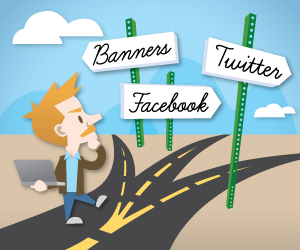
What’s the Point of Paid Media in Post-Advertising?
Paid, earned and owned media are integral parts of any brand’s media strategy. While owned and earned media have flourished during the evolution of the marketing and advertising landscape in the past two decades, paid media has had a tumultuous ride. It has been the catalyst (broadly speaking) for obnoxious and interruptive advertising—pre-roll ads, billboards, banner ads; the kind of advertising we love to point out and lambaste—which makes it an easy target for ridicule by marketers trying to sell owned- and earned-media strategies into brands. But is it fair to ship paid media off to the Island of Misfit Toys? Is it a big mistake to ignore an effective paid-media strategy?
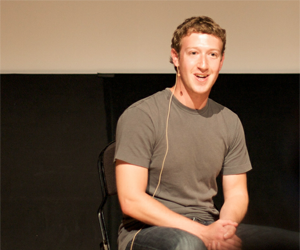
Don’t Let a Botched Facebook IPO Fool You
Story CEO and Chief Editorial Officer Kirk Cheyfitz isn't ashamed to disclose that he not only bought 200 shares of the Facebook IPO at the opening price of $38, but also bought 100 more after it dipped below $30. He's sticking by the social media behemoth, not because he has faith in it as advertising platform, but because he understands why Facebook is not friends with the Madison Avenue establishment.
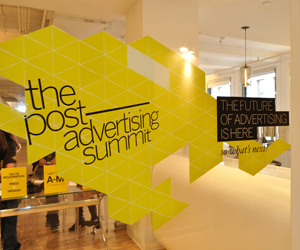
Post-Advertising Summit Brings Storytelling to Life
Since 2008, we've been charting the evolving landscape of marketing and discussion the future of advertising at this blog. For the better part of the last decade, Story Worldwide (who keep the lights on here at Post-Advertising) has been helping brands unearth their story and tell it across a wide variety of channels, both on and offline.
Few editorial outlets put these ideas into action, in real life, alongside fellow industry colleagues. But last Thursday, March 29th, we finally brought Post-Advertising readers, Story leaders, storytellers, agencies and brands together to not just write, but actually prove, that the path towards and through the future of marketing is paved with storytelling. More about what unfolded after the jump.

The Future of Publishing Begins with Survival
Storytelling is a tradition that will exist as long as humans inhabit the Earth. It’s in our DNA. The tools we use, however, have changed and will continue to change. We’ve moved on from cave paintings to the written word, from parchment paper to word processors. We’ve even seen the printed word slowly disappear as we move on to electronic readers, like the Kindle and Nook, which allow users to store hundreds of books on a single device.
Another monumental change has occurred just in the past 20 months or so. With the introduction of the iPad and other tablet devices that followed shortly thereafter, readers are able to dive deeper into content than ever before. So it’s no surprise that when Razorfish chairman Clark Kokich wanted to write a book, he decided that the only appropriate way to do so was to bypass traditional publishers and create it as an interactive application. See the demo below.
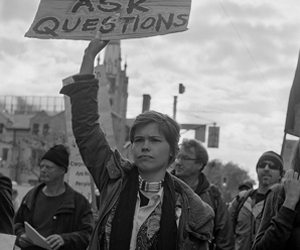
Occupy Wall Street, Defining Your Brand, and Storytelling
This post originally appeared in our October issue of "Live Report from the Future of Marketing," our monthly Post-Advertising newsletter. Subscribe for free here.
As the Occupy Wall Street movement starting to fade with the public still confused as to exactly what their story exactly was, many lessons can be learned from their efforts to change the world and why their movement never really gained traction. Could it have been because they were letting others define who they were and what their message was?

